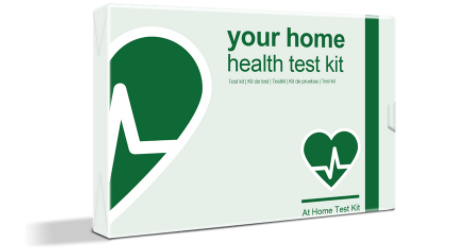So, you have just received your test results from Test Your Intolerance New Zealand. Congratulations! You’ve also just discovered that you are intolerant to lactose. That’s all well and good, but what are you supposed to do with that information? What changes do you need to make? First of all, take a breath. We are here to help! This article will help you on your way to living a lactose-free life in such a way that it won’t even feel like you losing out on anything!
What is lactose intolerance?
Lactose intolerance is when your body is unable to digest effectively the enzyme lactase. Lactose is the carbohydrate naturally found in all kinds of milk, including human milk. It can also be found naturally in many foods that we eat as well. In some cases, lactose can cause a variety of unpleasant symptoms after eating, including bloating, pain or cramps in the stomach, flatulence, diarrhoea and even vomiting.
Studies tell us that the term “lactose intolerance” is often used very broadly in children and adults to define quite a few levels and severities of malabsorption, or, intolerance, so proper understanding of your needs is going to be important for proper quality of life [1]. An intolerance test will help you understand what you’re intolerant to as well as how severe the intolerance is.
Lactose can also be added deliberately to foods, so be careful when trying new foods and always check the ingredients if you aren’t sure. Follow the link below to see the full list of food ingredients that can contain lactose. Some may surprise you!
The most common foods to outright avoid in order to keep your lactose intolerance symptoms to a minimum are:
- Milk
- Butter
- Cheese
- Yogurt
- Whey
Should I go lactose-free?
Dairy foods do not need to be eliminated from your diet if you are lactose intolerant, however, it’s possible that you may benefit from alternatives such as lactose-free milk or cheese, for instance. Both of these are widely available in most supermarkets. If you find that you have a mild intolerance, the amount of lactose that can be tolerated will vary from person to person. Perhaps, then portion management becomes more important than true avoidance.
There has been a lot of research done on lactose intolerance and a common conclusion that comes out of those studies is that there must be alternate sources for calcium supplementation in order to make sure that nutritional goals are met — especially in children [2]. In cases where the intolerance is moderate to severe enough to make traditional lactose-containing products hard to enjoy, you can also consider lactose-treated products (such as lactose-free products) or even training yourself to tolerate lactose better. Generally, we have included some helpful tips to help you include your 3 serves of dairy every day and minimize lactose intolerance symptoms:
- Don’t drink milk on an empty stomach
- Build up your intolerance bit by bit. Start small and gradually increase your milk consumption over time to help your body learn how to tolerate lactose in milk or cheese (or anything else you want to use).
- Regular fat milk may be better tolerated than low fat or skim milk. This is because fat slows the passage of lactose through your digestive system, giving you more time to digest it. Go for traditional fat milk products and enjoy small servings at first.
- Yogurt is often better tolerated than milk when it comes to lactose, so don’t be afraid to try that in place of milk if you are focused on health and calcium intake.
- Cheese is low in lactose and well tolerated in most cases. While you will need to watch how much of it you eat, it may be better tolerated than a lot of lactose-containing products.
If you still have problems, try lactose-reduced products in place of traditional ones, or rely on digestive enzymes to help ease digestion of lactase (available from chemists). With dairy being a rich source of calcium in the diet, the good news is that you can still enjoy the great taste and nutritional benefits that dairy foods have to offer. This is especially helpful when it comes to baking or cooking where you cant’ always avoid traditional lactose-containing foods.
If you would like to cut lactose completely out of your diet, as some people do when they are looking for relief from more severe symptoms, Liddells does a fantastic lactose-free range which can be found in major supermarkets like Countdown! As you can see, the options to enjoy your life lactose-free (or reduced, anyway) are plentiful. It’s just up to you to find what works for you. Good luck!
References:
[1] Rings, E.H., Grand, R.J. and Büller, H.A., 1994. Lactose intolerance and lactase deficiency in children. Current opinion in pediatrics, 6(5), pp.562-567. Available at: https://europepmc.org/article/med/7820203
[2] Heyman, M.B., 2006. Lactose intolerance in infants, children, and adolescents. Pediatrics, 118(3), pp.1279-1286. Available at: https://pediatrics.aappublications.org/content/118/3/1279.short

